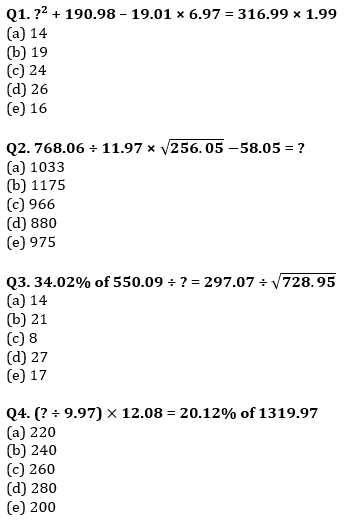
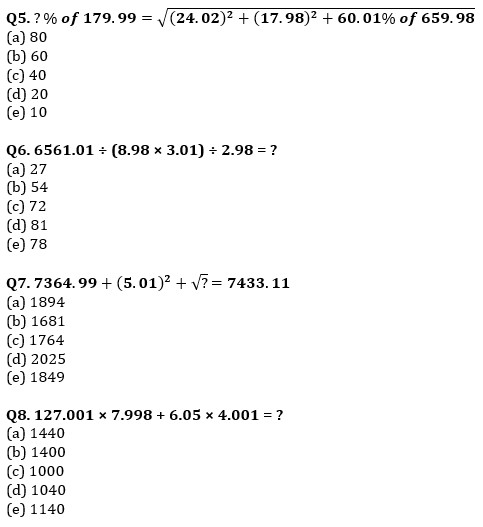
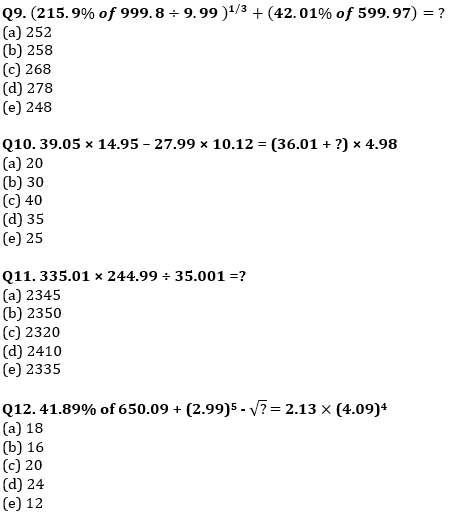
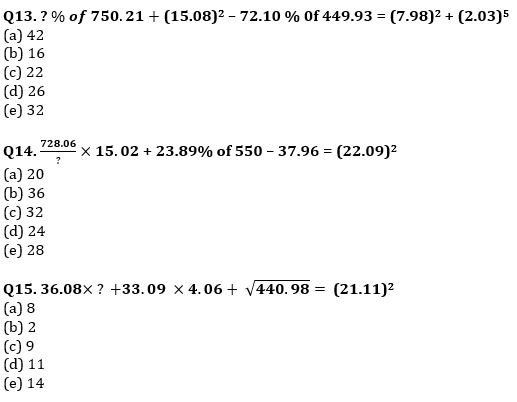
Practice More Questions of Quantitative Aptitude for Competitive Exams:
Solutions





Click Here to Register for Bank Exams 2021 Preparation Material

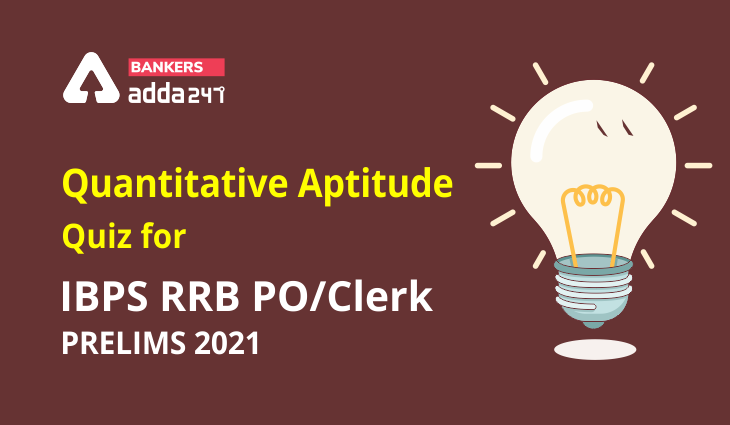




Practice More Questions of Quantitative Aptitude for Competitive Exams:
Solutions





Click Here to Register for Bank Exams 2021 Preparation Material
